Grab the Metering Modes Guide
Grab our free metering guide below to know which modes suit which shooting scenario... all in a handy checklist for when you’re out shooting.
Our Grads in the northern hemisphere might be shivering in the cold right now, but what a fantastic opportunity for breathtaking photos shot in a winter wonderland!
So this week’s highlights reel is a collection of fantastic ideas for shooting in the snow! Check em out and grab the bonus tips!
One of the best things about shooting in the snow is being able to include beautiful texture and colour through winter woollies… think chunky hats and sweaters, brightly coloured boots, cute mittens and ear muffs, ooh and faux fur coats and hoods! All of these add extra interest, layers, depth and colour, and provide a really striking contrast against the tones of a winter landscape. So give it some considered forethought before heading out, and if you don’t already have these items in great colours and textures, get some!
If you meter for snow it will expose a little grey, as the meter attempts to expose for midtones. So to ensure the whites are white and not grey, try ETTR (exposing to the right) to compensate, and use your histogram or the highlight warning to make sure you don’t overexpose the whites to the point of losing detail (check your user guide to find out if your camera has a hghlight warning function and how to turn it on).
Related: What is Metering
CLICK HERE to download our guide to metering modes to help you know which mode will help achieve the best exposure for your shot
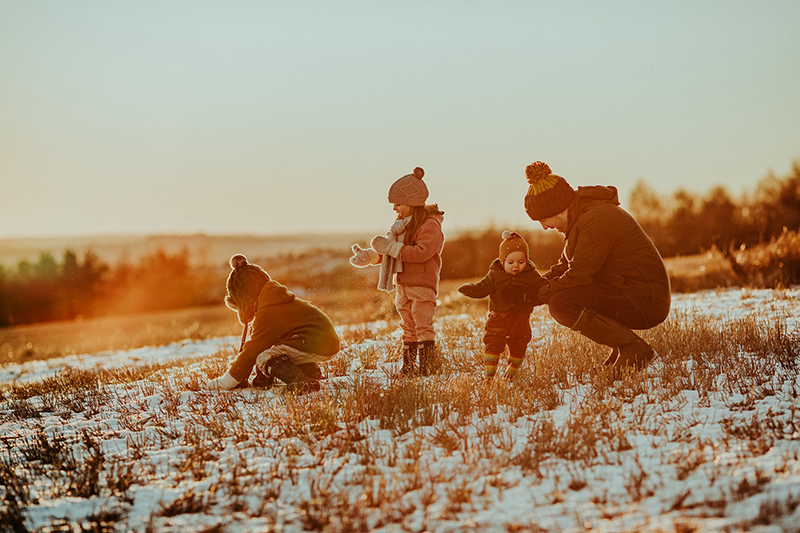
Morvern Shaw, Advanced Graduate
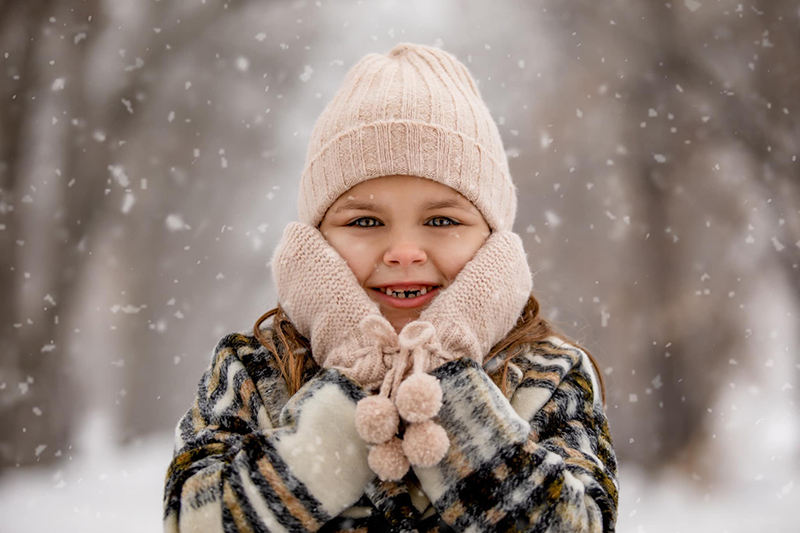
Kellee Kromarek Hann, Graduate
A classic shot you must get, catching snowflakes on their tongue!
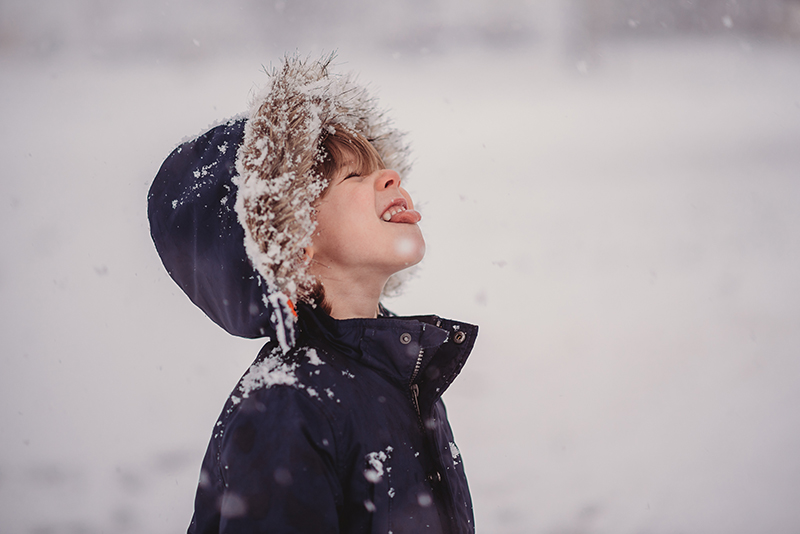
Dana Whitley, Advanced Graduate
Include precious details and isolate and capture them!
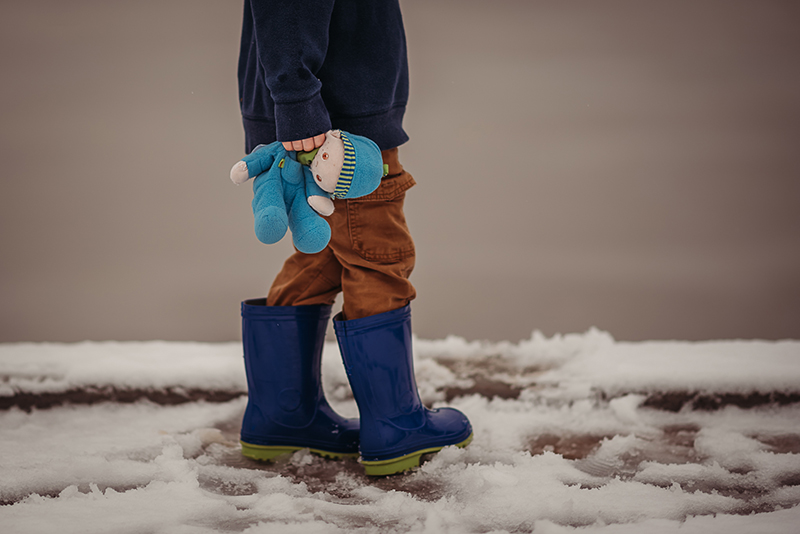
Dana Whitley, Advanced Graduate
That being said… there’s wrong with black & white snow portraits! Depending on what else is in the scene it can offer the ultimate range in tones from black to white, which is an essential ingredient in good black & white conversions.
Related: Delicious B&W Photo Essentials; 3 Easy B&W Photo Edits
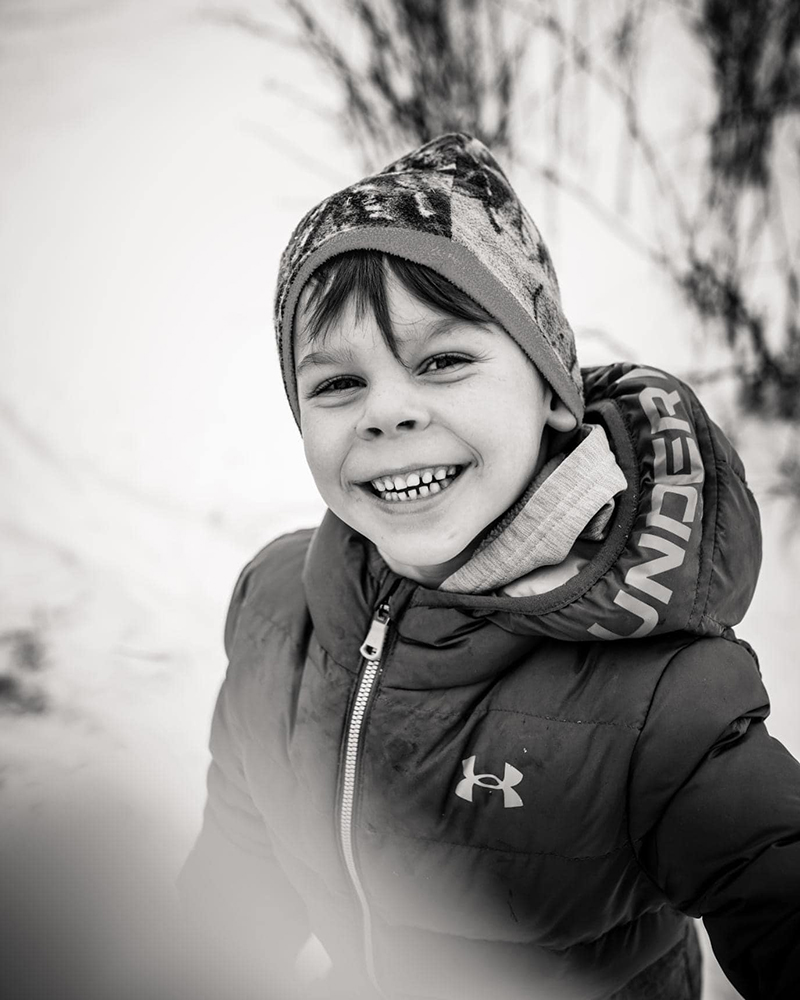
Melissa Brandes, Advanced Graduate
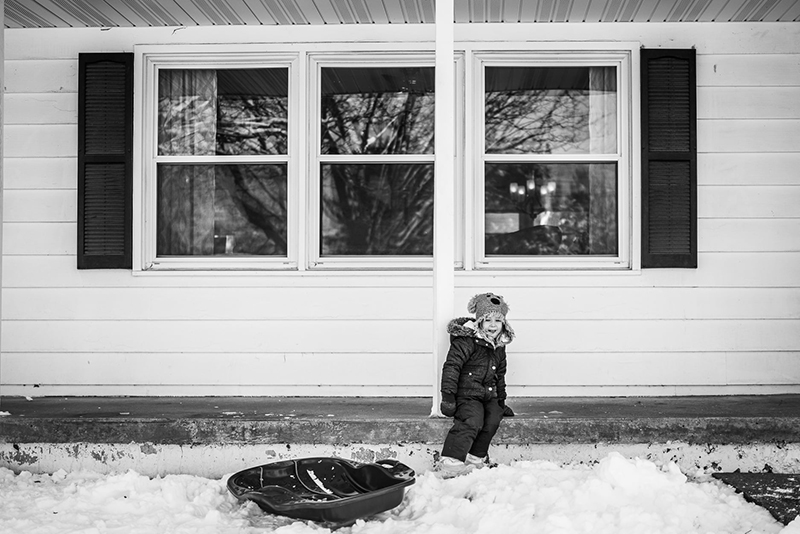
Jessica Skarlupka, Advanced Graduate
Including large areas of negative space in your frame is a fantastic way to convey the sense of scale in the natural environment, when you’re surrounded by majestic scenes such as the one below. Or you can use it to highlight the size of your subject relative to the environment. Place your subject using the rule of thirds and allow the scene to take up the rest of the frame for big impact.
Related: How to Use Negative Space for Big Impact;
Using the Rule of Thirds
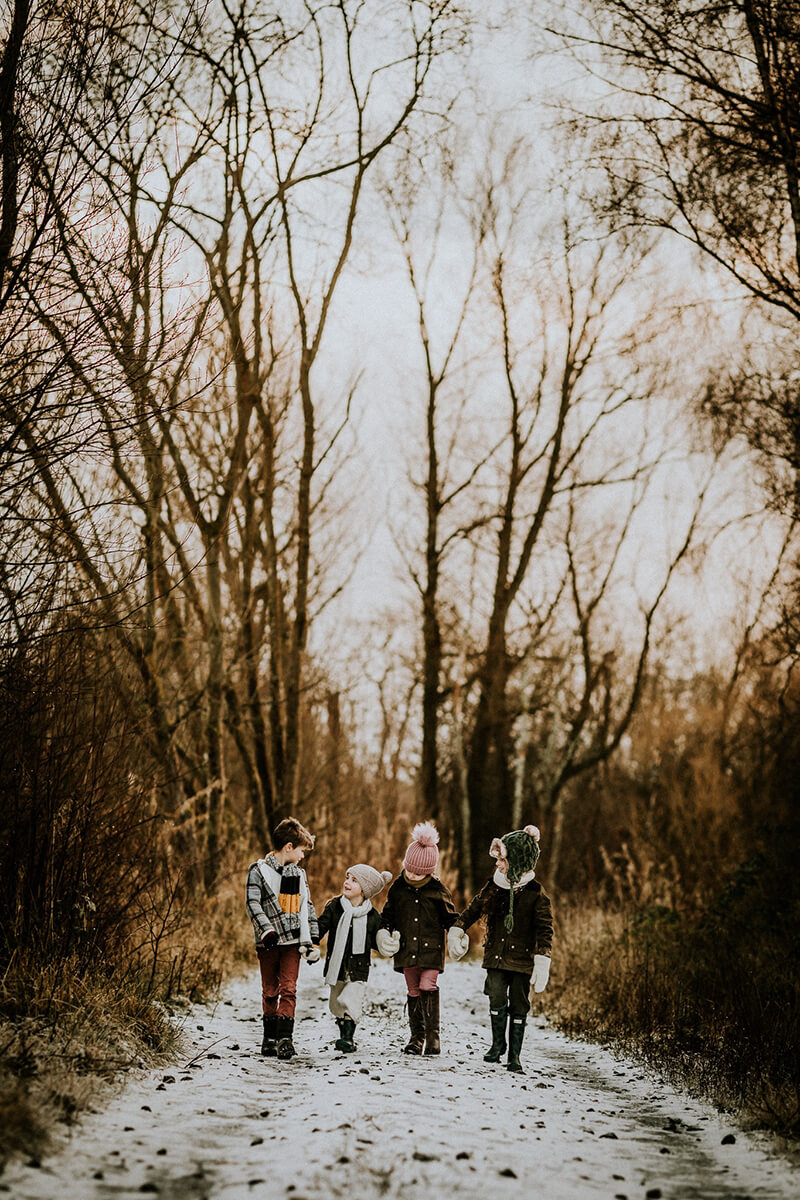
Morvern Shaw, Advanced Graduate

Becca Lord-Lyon, CLG Instructor
Not sure what to capture? Just because it’s snowing doesn’t mean the kids can’t play outdoors like any old day. Just rug them up and bring out some toys to bring a pop of colour to the monotone scene. Oh and make sure they’re photogenic and weather proof!
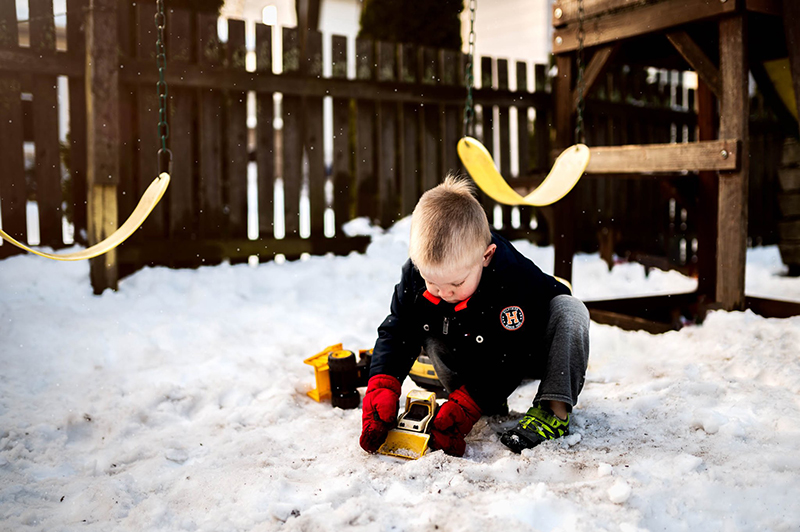
Ruth Anne Holloway, Advanced Graduate
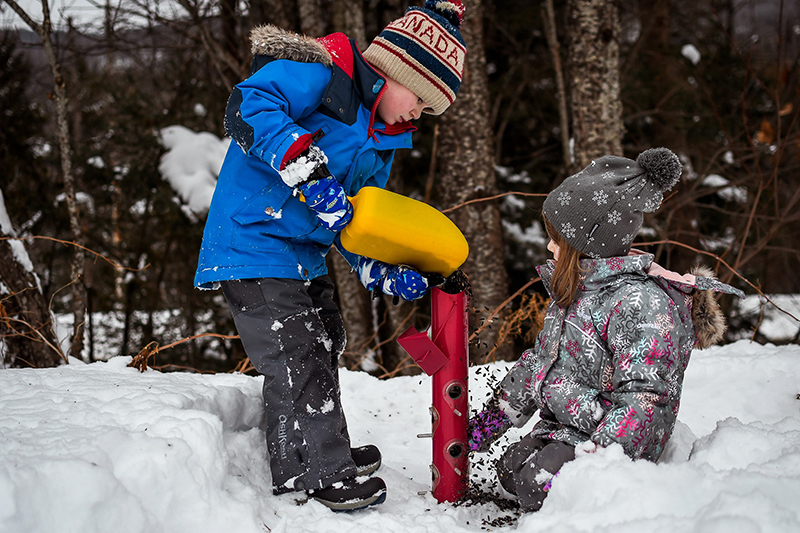
Kellsie Read, Graduate
A snowman photo is a classic for sure, and a perfect opportunity to add some much needed colour to a snowy scene!
Related: 7 Tips for Snow Portraits
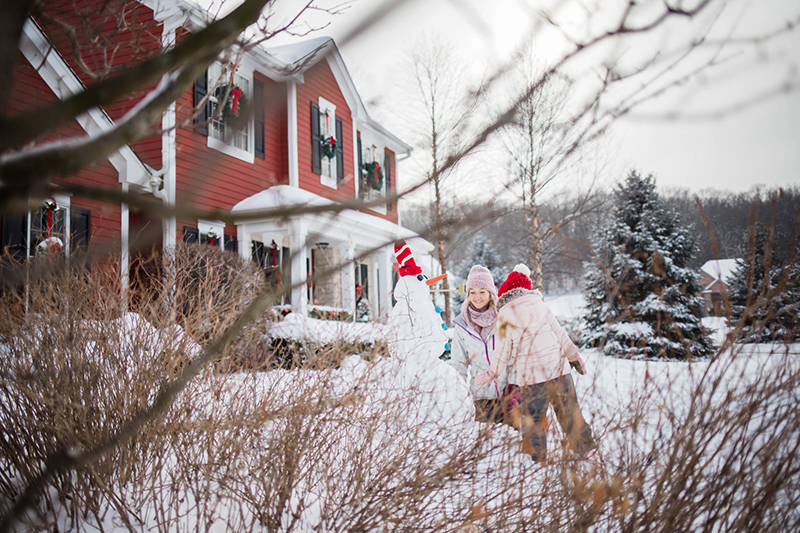
Pam Gosenheimer, Advanced Graduate
It goes without saying snow begs for some fast action play. Be ready for it with a fast shutter speed to avoid any unwanted blur! It helps to take more photos than you normally would as freezing fast motion can be more hit and miss so you want to give yourself plenty of opportunity to nail a few shots.
Also learn how to use continuous focus mode, which enables the camera to refocus each time your subject moves. Most manual cameras will have a continuous focus mode, but you’ll need to check your user guide to determine how to switch over as it will vary from model to model.
Related: How to Get Sharp Photos of Kids in Motion
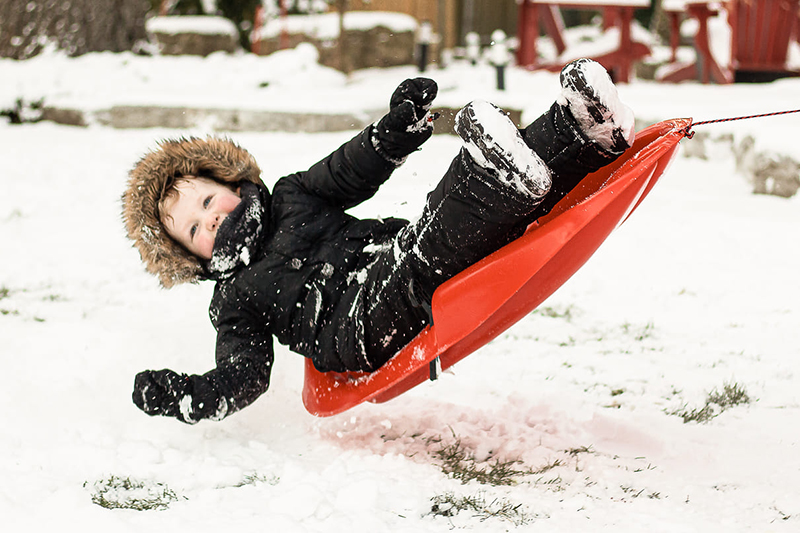
Kristin Zeljkovic, Advanced Graduate
Even slow motion like this needs a faster shutter speed than you might normally use to avoid unwanted motion blur. For someone moving toward or away from you at a normal walking pace, try around 1/320 minimum.

Pam Gosenheimer, Advanced Graduate
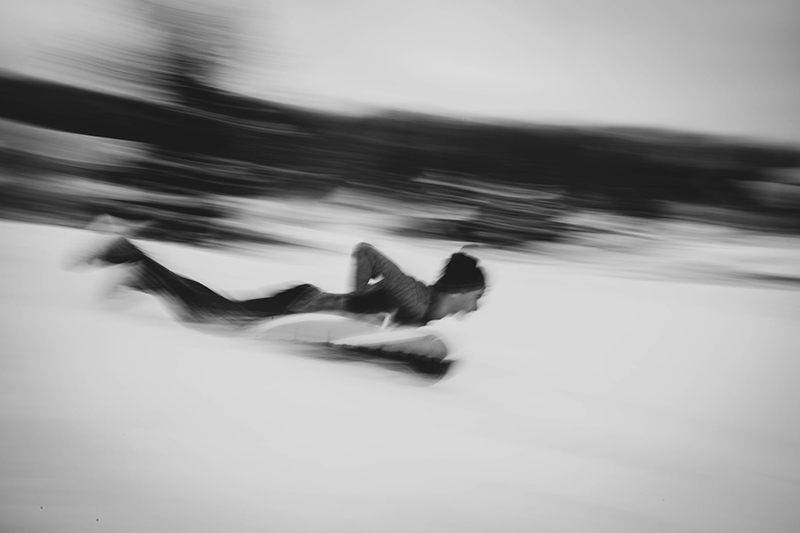
Pam Gosenheimer, Advanced Graduate
There’s nothing like super cold weather to brimg out the fine detail of nature. Even if you don’t get snow where you live, cold icy weather can create beautiful frost on the surrounding flora which is a great time to get some stunningly delicate, close up macro shots.
If you don’t have a dedicated macro lens or filters, use your sharpest lens then crop in later to get a little closer. Bear in mind the more you crop, the more quality you lose. So get in as close as your lens will focus, and ensure a super sharp image by nailing your focus and using a fast shutter speed and a narrower aperture than you would normally use.
Related: Macro Photography for Beginners
CLICK HERE to download our macro gear guide to find out what lenses we recommend
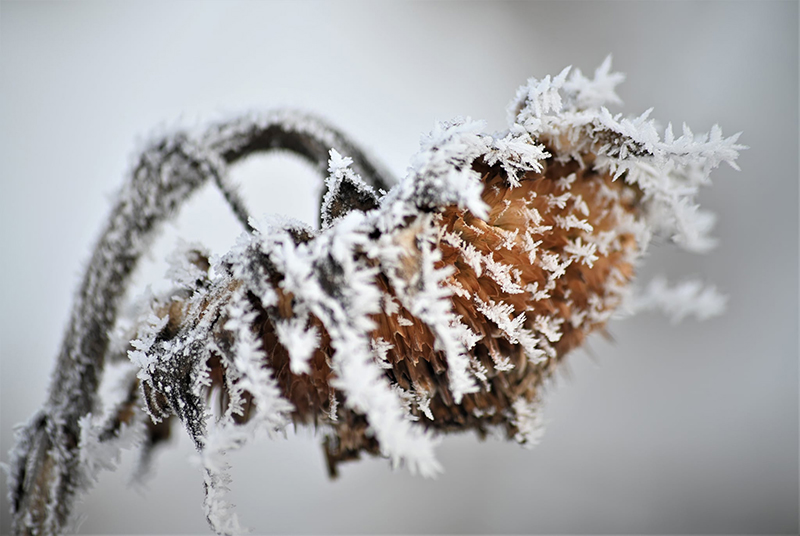
Tammy Ross, Graduate
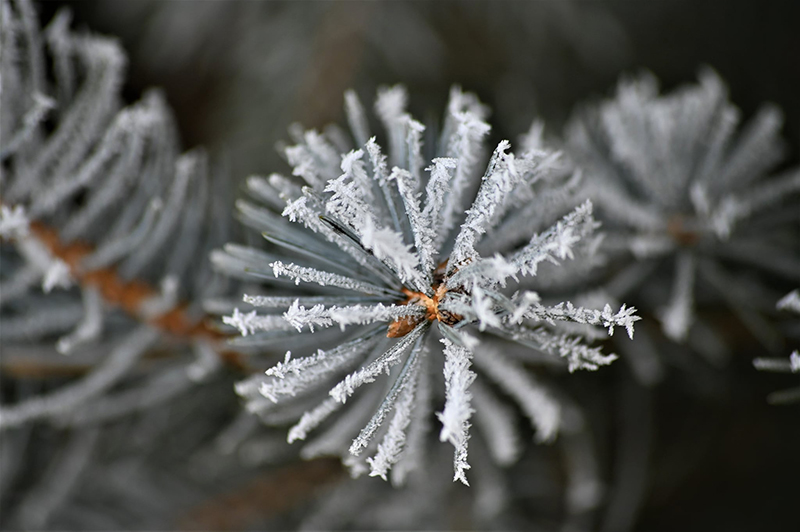
Tammy Ross, Graduate
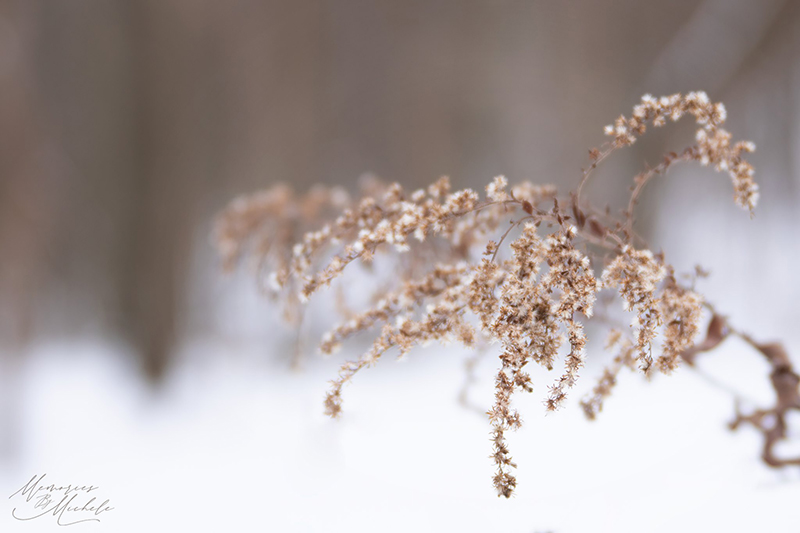
Michele Scott, Graduate

Julie Borchert, Graduate
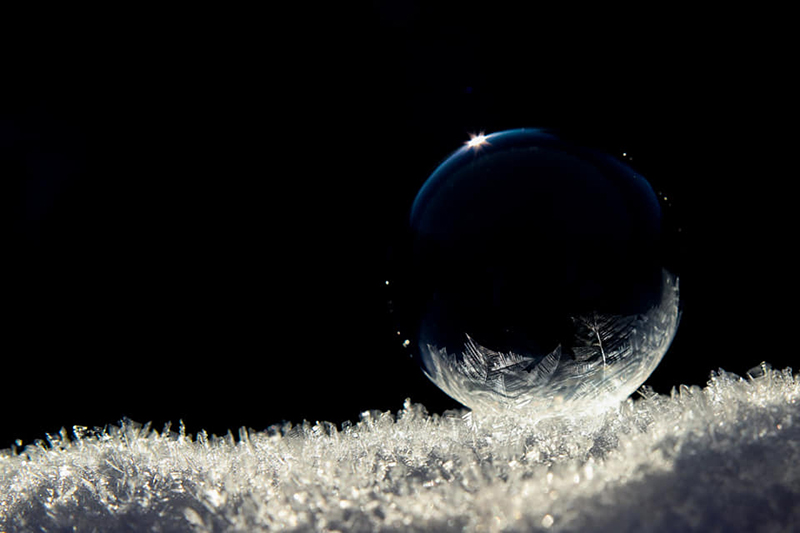
Amber Nicole Kesler, Graduate
Brave the cold and get out with your widest lens for some stunning winter landscape photography! But first…
Head out armed with these really easy and practical tips to help you compose for frame worthy landscape images:
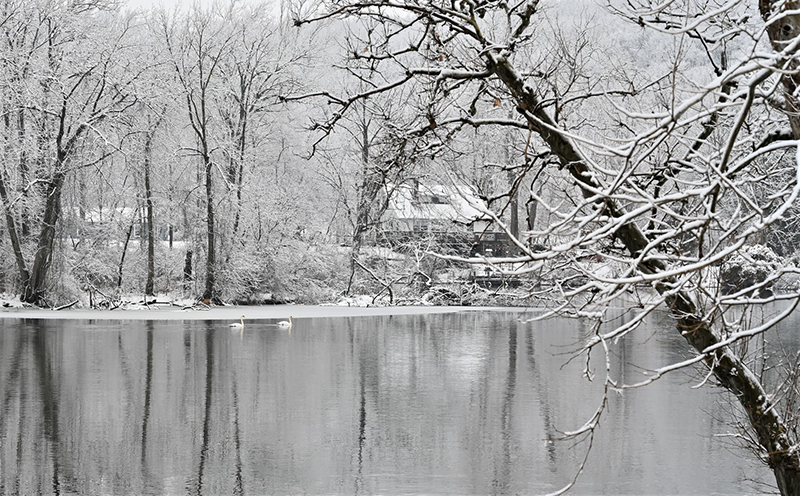
Tammy Ross, Graduate
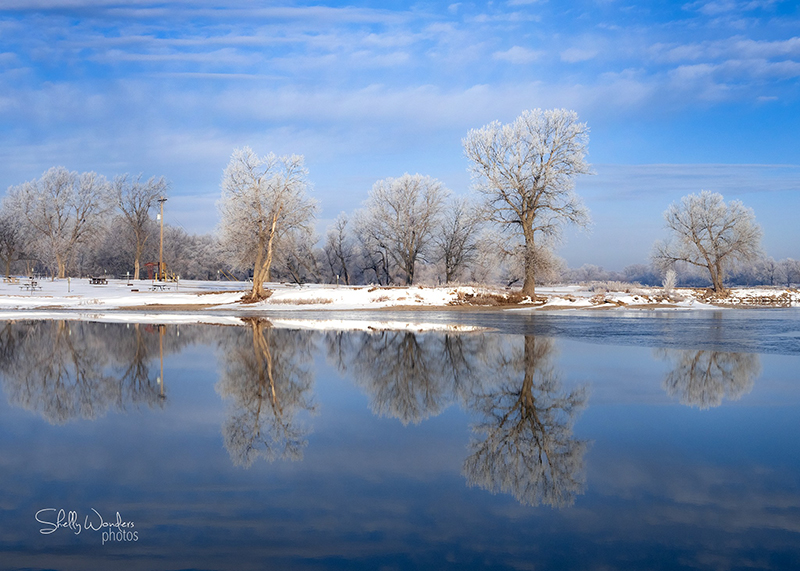
Shelly Wonders, Graduate

Jennifer Magnuson, Advanced Graduate
These are just a few easy tips you can try which will have big impact. But if you want to take a deep dive into landscape photography, check out these comprehensive landscape and travel photography guides from expert landscape photographers and CLG Grads Annick Bidiville and Veraine Spiller.
Related: Winter Landscape Photography; Travel & Landscape Photography Guide
I hope this post inspires you to get out and capture some snow photos! Come share them on Insta and use #clicklovegrow so we can find them!

CLICK LOVE GROW ™ Pty Ltd - COPYRIGHT 2024 ©
Enter your info below to join the challenge!
Want a friendly reminder when I go live?
Pop in your number and I’ll shoot you a text.
* We will send text reminders for our live calls during the challenge! Reply ‘STOP’ to end or ‘HELP’ for help.
We promise not to ever share your details with anyone or send you spam! Check our privacy policy and terms of service.
Grab the Metering Modes Guide
Grab our free metering guide below to know which modes suit which shooting scenario... all in a handy checklist for when you’re out shooting.
Grab the Macro Gear Guide
Download the free macro gear guide to find out exactly what you need to take beautiful macro photos (hint you can get started for less than $20)
Be the first to comment